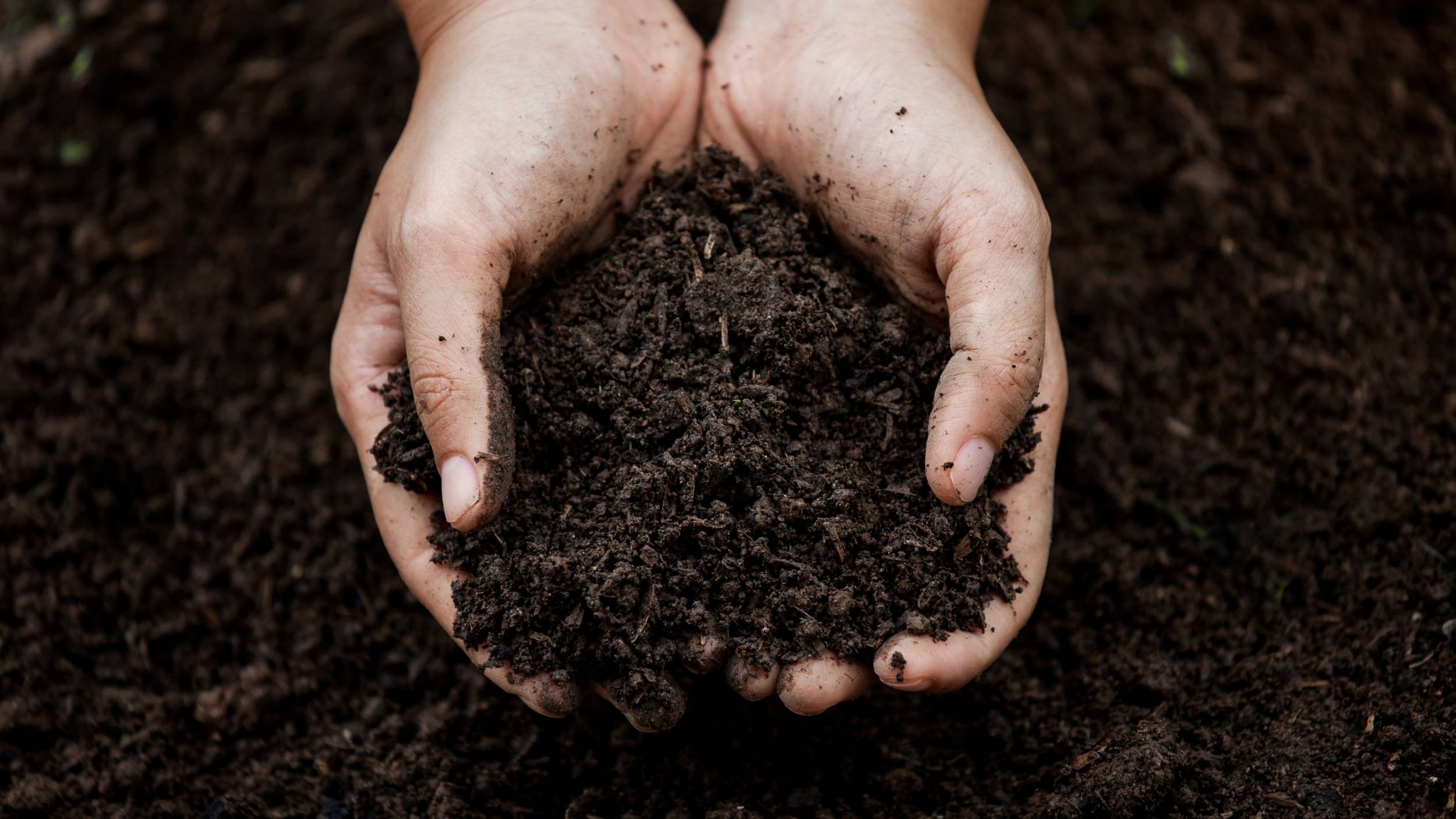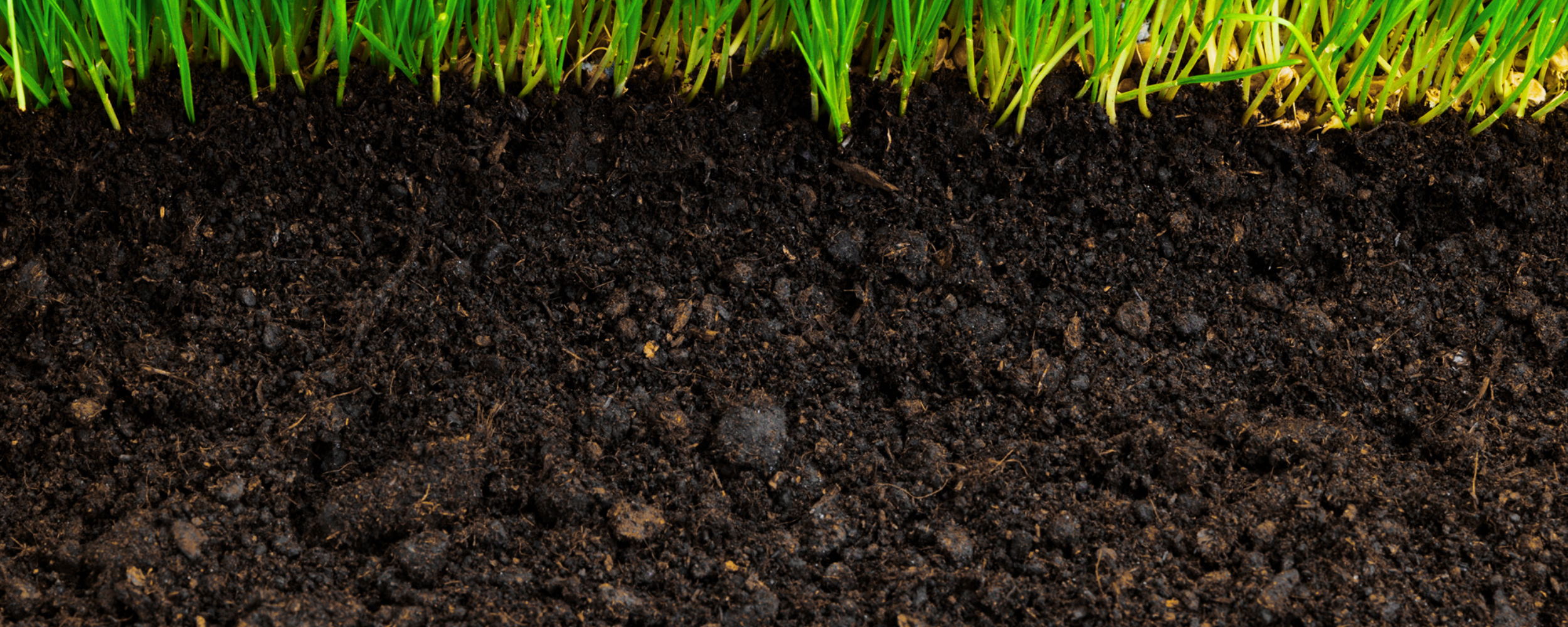
A Better Way to Grow Starts Beneath the Surface
SoilSynthesis™ The Growing System for New Zealand Dairy Pastures, Vineyards, Farmers & Growers
Unlock the Power Beneath Your Feet.
Full-System Soil Performance
Soil health is no longer a fringe idea — it’s a movement. Across dairy pastures, vineyards, and farms, growers are turning to biology to improve fertility, reduce inputs, and build long-term resilience.
But here’s the truth: biology is just the beginning.
The SoilSynthesis™ system takes the principles of biological farming and amplifies them by activating all four natural systems that drives soil performance:
Biology – The living engine of nutrient cycling and root health.
Chemistry – Unlocking bound nutrients and balancing pH.
Physics – Improving structure, porosity, and water dynamics.
Biochemistry – Triggering growth, stress resistance, and internal plant performance.
Because soil doesn’t operate in silos. Neither should your farming system.
| Feature / Outcome | Conventional NPK | Organic | Biological | Kinsey-Albrecht | SoilSynthesis™ Most Complete |
|---|---|---|---|---|---|
| Focus | Feed the plant | Avoid synthetics | Feed the soil | Balance mineral ratios | Activate full-system performance |
| Nitrogen Strategy | Synthetic urea | Compost / legumes | Microbial fixation | N/A | Microbial fixation + urea optimisation |
| Carbon Building | Often neglected | Slow to build | Encouraged | Not a major focus | Active carbon cycling + humus stabilisation |
| Soil Structure | Compaction common | Variable | Often improves | Improved via Ca:Mg | Targeted physics-based improvements |
| Microbial Support | Often disrupted | Natural but limited | Central | Not directly addressed | Supercharged via chemistry + structure |
| Nutrient Leaching | High | Lower | Moderate | Reduced via cation balance | Significantly reduced via CEC + humates |
| Mineral Balancing | Basic NPK + lime | Variable | Sometimes included | Core focus (Ca:Mg etc.) | Integrated into whole system |
| Flexibility with Urea | High dependence | Discouraged | Often reduced | Depends on practitioner | Use, reduce or remove — your choice |
| System Approach | Input-heavy, linear | Restrictive, slow | Biological-first | Chemistry-first | Biology + Chemistry + Physics + Biochemistry |
| ROI Focus | Yield at all costs | Long-term only | Low input, slower return | Medium-long term | Immediate + compounding returns |
Supercharging the Soil Life You Already Rely On.
Biological growing focuses on microbes, and for good reason — they’re essential. But to really maximize their potential, they need:
Energy and structure to thrive
Enzymes and co-factors to speed up decomposition and mineralisation
Balanced chemistry so nutrients they release can actually be used
By supporting biology with the other three systems, you create a soil environment where life thrives — and works for your plants, not just within the soil.
-
In conventionally treated soils, years of synthetic inputs and poor organic matter levels can collapse the predator-prey balance, allowing pests like grass grub to flourish unchecked. By supporting microbial biodiversity, the DCT program helps reverse this trend.
Here’s how:
Enhanced fungal dominance: Beneficial fungi are naturally present in biologically active soils and are known to infect and suppress grass grub larvae.
Increased protozoa and nematode activity: These organisms regulate bacterial populations and contribute to soil structure and nutrient cycling, indirectly reducing the favourable conditions grass grubs need to thrive.
Improved soil structure and root zone health: Healthier roots and rhizosphere conditions make plants more resilient to feeding pressure from larvae, while reducing the attractiveness of the soil as a breeding ground.
Bottom line: The DCT approach doesn’t rely on a knockdown insecticide. It strengthens the soil ecosystem, so pests like grass grub face more resistance, fewer resources, and more natural enemies
-
In conventionally treated soils, years of synthetic inputs and poor organic matter levels can collapse the predator-prey balance, allowing pests like grass grub to flourish unchecked. By supporting microbial biodiversity, the DCT program helps reverse this trend.
Here’s how:
Enhanced fungal dominance: Beneficial fungi are naturally present in biologically active soils and are known to infect and suppress grass grub larvae.
Increased protozoa and nematode activity: These organisms regulate bacterial populations and contribute to soil structure and nutrient cycling, indirectly reducing the favourable conditions grass grubs need to thrive.
Improved soil structure and root zone health: Healthier roots and rhizosphere conditions make plants more resilient to feeding pressure from larvae, while reducing the attractiveness of the soil as a breeding ground.
Bottom line: The DCT approach doesn’t rely on a knockdown insecticide. It strengthens the soil ecosystem, so pests like grass grub face more resistance, fewer resources, and more natural enemies.
-
Plant roots exude sugars, amino acids, and organic acids to feed microbial life. This triggers microbial activity that:
Converts atmospheric CO₂ into stable soil organic carbon
Builds humus and improves CEC (cation exchange capacity)
Enhances water holding capacity and soil structure
Our system feeds this cycle with complex carbon sources, not just quick-fix inputs.
Soil Chemistry That Works With You — Not Against You.
When chemical processes in the soil align with biology, you get:
Nutrient unlocking through natural chelation and buffering
Better retention of key cations like calcium, magnesium, and potassium
Improved pH balance, allowing for consistent nutrient uptake
Healthier soil structure from bonded particles and stable aggregates
These chemical shifts are essential — especially in soils suffering from overuse or imbalance.
-
We also pay close attention to mineral ratios such as:
Calcium to magnesium, which influences soil texture and porosity
Carbon to nitrogen, a key driver of microbial activity and organic matter turnover
These shifts in soil chemistry are vital, especially for soils degraded by intensive farming or overuse.
Biochemistry: The Signals Plants Are Already Listening For
What makes one crop thrive under stress while another fails? Often, it comes down to biochemical signals:
Hormone-like compounds (e.g., cytokinins, auxins, gibberellins) that regulate growth
Osmoprotectants and antioxidants that help manage drought, heat, or salt
Metabolic triggers that tell plants when to root, shoot, or flower
These natural compounds help plants perform better and recover faster, even under pressure.
-
Plants rely on a complex network of biochemical signals to regulate growth, development, and stress responses. Understanding and supporting these natural processes is key to improving crop resilience and productivity.
Phytohormones:
These hormone-like compounds act as master regulators of plant growth and adaptation:Auxins influence cell elongation and root development, helping plants explore soil for water and nutrients.
Cytokinins promote cell division and shoot growth, balancing root-to-shoot ratios essential under stress.
Gibberellins regulate stem elongation, seed germination, and flowering timing, critical for yield.
Osmoprotectants and Antioxidants:
Under environmental stresses such as drought, salinity, or heat, plants produce osmoprotectants like proline and glycine betaine to stabilize cellular structures and maintain water balance. Antioxidants like glutathione and superoxide dismutase neutralize harmful reactive oxygen species (ROS), protecting cells from oxidative damage.Metabolic Triggers and Signal Transduction:
Plants use biochemical messengers—such as calcium ions, reactive nitrogen species, and secondary metabolites—to trigger adaptive responses. These signals regulate gene expression pathways that determine when roots expand, shoots elongate, or flowers develop, ensuring the plant optimizes growth under varying conditions.
By fostering soil conditions that promote microbial production or stimulation of these compounds, the system indirectly enhances plant biochemical signaling, resulting in crops that better manage stress, grow more vigorously, and recover faster after adverse events.
Soil Physics – The Hidden Power Beneath Performance.
Soil structure is often overlooked, but it’s the backbone of everything else. Our approach supports:
Better aggregation, improving aeration and microbial movement
Improved water retention, especially in sandy or degraded soils
Root zone expansion, increasing access to nutrients and moisture
This is where biology and chemistry translate into real-world, physical results.
-
Soil structure is the foundation of soil health and productivity. Our system targets key physical properties to create an optimal environment for roots and microbes:
Soil Aggregation: We promote the formation of stable soil aggregates — clusters of soil particles bound together by organic matter and microbial secretions. These aggregates improve aeration, allowing oxygen to penetrate deeply, which fuels microbial respiration and root growth. Better aggregation also reduces surface crusting and erosion.
Porosity and Water Dynamics: By enhancing soil pore size distribution, the system balances water retention and drainage. This means your soil can hold adequate moisture during dry spells, yet drains excess water during heavy rains — reducing waterlogging and root stress. Improved porosity also creates pathways for nutrient movement and gas exchange.
Soil Density and Compaction Remediation: Compacted soils limit root expansion and microbial activity. Our approach helps reduce bulk density, restoring soil tilth and enabling roots to explore a greater volume for nutrients and moisture.
Rhizosphere Expansion: A physically healthy soil supports an extensive rhizosphere — the zone of soil influenced by root secretions and microbial activity. This critical interface is where nutrient exchange, microbial signaling, and pathogen defense happen.
Together, these physical improvements translate the biological and chemical changes into tangible benefits like deeper rooting, enhanced nutrient uptake, better drought resilience, and higher crop yields.
Soil physics isn’t just a background factor — it’s the powerhouse that turns soil biology and chemistry into productive growth.
From Inputs to Ecosystem Thinking
Many growers — from farmers to viticulturists and horticulturists — are already doing great things with biological approaches.
But by focusing on just one system, you risk bottlenecks in others.
That’s why we focus on the whole picture — a synchronised, natural system that works beneath your feet every day:
Biology
Chemistry
Physics
Biochemistry
Four systems. One process. Real performance.
You Grow the Crop. Let Nature Run the System.
Whether you’re chasing better pasture performance, vineyard balance, or resilient yields, you don’t need more inputs — you need a smarter, more natural system.
Let’s build it — together, from the soil up.
Talk with a specialist now
Read more Below

The Payoff:
What Happens When Nature Works for You
What Does It All Add Up To? - More Profit, Less Waste.
With the SoilSynthesis™ system, your land becomes more productive, more efficient, and more resilient — with less reliance on costly synthetic inputs.
Whether you want to reduce fertiliser bills, improve yield reliability, or begin the move toward organic without compromising profit…
This is a system designed to put more money in your pocket — not just this season, but every season after.
When SoilSynthesis™ activates biology, chemistry, biochemistry, and physics in harmony, you’re not just improving your soil —
you’re transforming your entire operation.
Here’s what that looks like in the paddock, the vineyard, or the field
Higher Yield Efficiency
Better root systems = more nutrient uptake
Natural nutrient cycling = less wasted inputs
Crops make better use of what’s already in your soil
More output from the same (or fewer) inputs
Improved Drought and Water Management
Better soil structure = better water infiltration and retention
Plants with stronger root-to-shoot ratios and osmoprotectants tolerate stress longer
Water stays where it’s needed — in the root zone
Resilience when the rain doesn’t come
Reduced Fertiliser & Input Dependency
Nitrogen-fixing biology reduces synthetic N needs
Chelated nutrients and improved CEC reduce leaching
Balanced mineral ratios reduce antagonism and lockup
Lower spend on NPK — without compromising performance
Soil Health That Compounds
Every cycle of root growth and exudation feeds microbial life
Carbon is stabilised as humus, not lost as CO₂
Soil becomes more self-sustaining over time
Your soil gets better every season
Natural Pest and Stress Resistance
Plants develop stronger cell walls and natural defense compounds
Healthier biology reduces compaction and root disease
Diverse soil microbiome suppresses pathogen outbreaks
Fewer pest issues, better recovery after stress
System Thinking That Pays for Itself
Instead of adding more, you’re unlocking what’s already there
Inputs become catalysts, not crutches
The whole system works together — more efficiently
Real ROI through system synergy
Your System, Supercharged
If you want to keep using your current fertilisers or practices, that’s totally fine. The SoilSynthesis™ system is flexible — designed to complement and enhance whatever you’re already doing.
Whether you choose to keep, reduce, or phase out certain inputs like urea, our system helps make those inputs work harder and smarter by improving soil biology, chemistry, and structure.
You stay in control — we just help unlock more value from your land and your existing tools.
No judgement, just solutions. We respect all farming approaches — conventional, organic, biological, or a mix. SoilSynthesis™ is designed to work with your system, not replace it.
Our goal is simple: help you unlock more from your soil, no matter how you farm.
Let’s Talk About Your Land.
Every property is different. That’s why we ask a few key questions to get started:
What kind of operation are you managing — crops, pasture, vines, or livestock?”
How many hectares are in production?
Are you certified organic, conventional, or somewhere in between?
What soil or production issues are you currently seeing?
Ready to Get Started?
We’d love to learn more about your operation.
The SoilSynthesis™ system works on all land types — from vineyards and dairy farms to cropping blocks and mixed enterprises — and we tailor the approach to suit your goals, soil condition, and management style.
Call us on 0800 4 328 328
Or send us a message







